Common use
Lumigan reduces pressure in the eye by increasing the amount of fluid that drains from the eye.
Dosage and direction
Use exactly as prescribed by your doctor. Do not use in larger or smaller amounts or for longer than recommended. Bimatoprost ophthalmic is usually given as 1 drop in each affected eye once daily, in the evening. Follow the directions on your prescription label.
To apply the eye drops:
Tilt your head back slightly and pull down your lower eyelid to create a small pocket. Hold the dropper above the eye with the tip down. Look up and away from the dropper as you squeeze out a drop, then close your eye.
Use only the number of drops prescribed by your doctor.
Gently press your finger to the inside corner of the eye (near your nose) for about 1 minute to keep the liquid from draining into your tear duct.
Also wait at least 5 minutes before using any other eye drops that your doctor has prescribed.
Precautions
You should not use this medication if you are allergic to bimatoprost.
Before using bimatoprost, tell your doctor if you are allergic to any drugs, or if you have swelling or infection of your eye.
Do not use this medication while wearing contact lenses. Bimatoprost ophthalmic may contain a preservative that can discolor soft contact lenses. Wait at least 15 minutes after using bimatoprost before putting in your contact lenses.
Lumigan may cause a gradual change in the color of your eyes or eyelids and lashes, as well as increased growth or thickness of your eyelashes. These color changes, usually an increase in brown pigment, occur slowly and you may not notice them for months or years. Color changes may be permanent even after your treatment ends, and may occur only in the eye being treated. This could result in a cosmetic difference in eye or eyelash color from one eye to the other.
Do not allow the tip of the dropper to touch any surface, including your eyes or hands. If the dropper becomes contaminated it could cause an infection in your eye, which can lead to vision loss or serious damage to the eye.
FDA pregnancy category C. It is not known whether bimatoprost ophthalmic will harm an unborn baby. Tell your doctor if you are pregnant or plan to become pregnant while using this medication.
It is not known whether bimatoprost ophthalmic passes into breast milk or if it could harm a nursing baby. Do not use this medication without telling your doctor if you are breast-feeding a baby.
Contraindication
At any time during your use of bimatoprost ophthalmic, tell your doctor at once if you have an eye injury, if you develop an eye infection, or if you plan to have eye surgery.
Do not use other eye medications during treatment with bimatoprost ophthalmic unless your doctor tells you to.
Possible side effects
Get emergency medical help if you have any of these signs of an allergic reaction: hives; difficult breathing; swelling of your face, lips, tongue, or throat.
Stop using bimatoprost ophthalmic and call your doctor at once if you have a serious side effect such as:
redness, swelling, itching, or pain in or around your eye;
oozing or discharge from your eye;
increased sensitivity to light;
vision changes.
Less serious side effects may include:
mild eye discomfort;
dizziness;
feeling like something is in your eye;
dry or watery eyes; or
stinging or burning of the eyes after using the drops.
Drug interaction
It is not likely that other drugs you take orally or inject will have an effect on bimatoprost used in the eyes. But many drugs can interact with each other. Tell your doctor about all medicines you use.
Missed dose
Use the missed dose as soon as you remember. Skip the missed dose if it is almost time for your next scheduled dose. Do not use extra medicine to make up the missed dose.
Overdose
Seek emergency medical attention.
Storage
Store at 2°-25°C (36°-77°F).

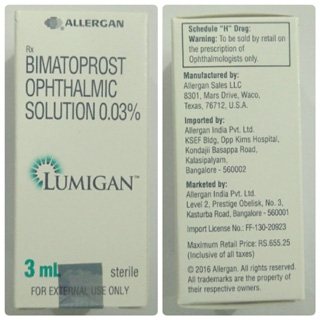
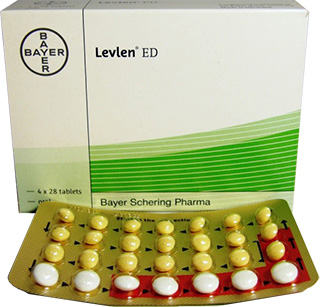




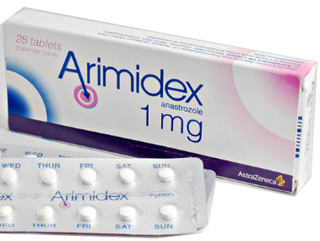

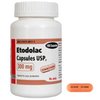

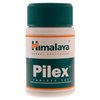


Reviews
There are no reviews yet.